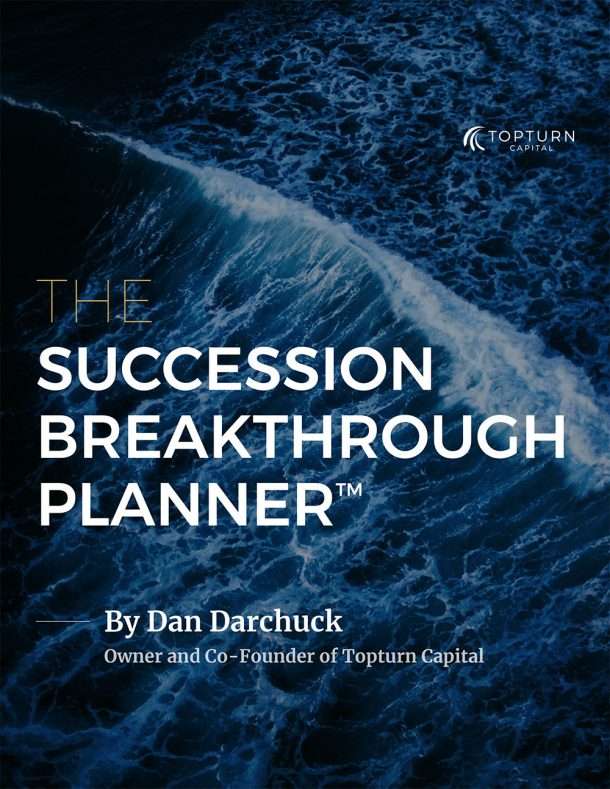When we first started writing this article, in what seems like wayy back on March 11th, the world was just starting to react to the rise of COVID-19. The markets had been experiencing some of their worst days, with panic in the media, but day-to-day activities were relatively unchanged.
A friend of mine who works at a major airline told me things were going just fine; flights were only a little emptier than usual but no significant change. Plus, he just happened to be at Disneyland with his family that day, and it was packed full of people, none of whom were wearing masks.
A contractor who works on high end builds in the Monterey area told me that his phone was a little quieter than usual, but there was still lots of work and no cancellations.
The NCAA had just announced that March Madness would go on, albeit without a live audience.
What a difference a day – or even a few days – makes.
Global travel bans have definitely impacted my friend, and his airline – like all the others – is experiencing a significant impact. Net bookings had fallen anywhere between 70% and 100%, depending on where the airline was traveling.
Disneyland, and Disneyworld, along with every single Disney theme park in the world, is closed.
March Madness won’t go on after all – with or without an audience. The NBA season has been suspended. The MLB season has been delayed.
I’m not sure how my contractor friend is doing today, but if he’s like everyone else reading the news, he might be harboring some concerns.
Despite all of the news that hit last week – and there’s bound to be much more this week and in the weeks that follow – markets rallied on Friday, March 13 after falling rapidly in the days that preceded it. All of that said, we don’t know yet what the magnitude of this disruption will be.
If the disruption ends up being long, or even leads to recession, then businesses may start to make changes to brace themselves for the long haul. They may start to cut jobs, which of course puts pressure on individual earnings, which then puts more pressure on the economy, and things progress from there.
The disruption could end up being transitory. China has been gearing back up, with factories returning to work. It could be that the disruption is relatively brief, thanks to rapid response around the world and people choosing to participate in that response by sensibly staying home when ill, and washing their hands thoroughly.
While we don’t know exactly what direction this pandemic will take, it is premature to call for a recession just yet. Before all of this went down, reports were coming out demonstrating that, economically speaking, the U.S. was quite strong. The unemployment rate had dropped down to 3.5% – that’s a low going back to 1969. Nonfarm payrolls increased by 100,000 more than expected – and that expectation had been revised upwards only 2 months before. All in all, the economy had been churning along really well.
It’s interesting to review sentiment at times like these. Remember what’s become an old adage, though Warren Buffet only wrote it in 1990: Be fearful when others are greedy, and greedy when others are fearful.
Back at the end of January, long term investors were demonstrating lower levels of confidence in the market, while short term and speculative investors were demonstrating extremely high levels of confidence. Since the world has changed, these two opinions have flipped, and the general sentiment is definitely in “bearish” territory.
What’s great about that is when things get this pessimistic, historically, it has led to a bounce in the markets. Similar periods such as these have ended up in positive territory more than 90% of the time. When the world is under pressure, it’s often a good time to take advantage of those opportunities when you can put your money to work.
If we look at past epidemics, you can see that some have sparked a market correction, but their impacts have tended to be relatively short.
Past Epidemics Impact on the Markets
MCSI World Equity Index Benchmark
| Epidemic | Year | Duration (Months) |
Peak to Bottom |
After 1 month (%) |
After 6 Months (%) |
After 2 Years (%) |
|---|---|---|---|---|---|---|
| HIV/AIDs | 1981 | 5 | -17 | 3 | -2 | 36 |
| SARS | 2003 | 2 | -14 | 10 | 30 | 66 |
| Zika | 2016 | 1 | -13 | 11 | 18 | 41 |
| Avian Flu (H5N1) |
2006 | 1 | -11 | 3 | 19 | 18 |
| MERS | 2013 | 1 | -8 | 8 | 17 | 27 |
| Measles/ Rubeola |
2014 | 1 | -5 | 4 | 4 | 7 |
| Pneumonic Plague |
1994 | 1 | -4 | 2 | 5 | 29 |
| Swine Flu (H1N1) |
2009 | 0 | -4 | 11 | 37 | 67 |
| Ebola | 2014 | 1 | -3 | 3 | -1 | 0 |
| Dengue Fever | 2006 | 0 | -3 | 4 | -1 | 0 |
| Cholera | 2010 | 1 | 2 | 2 | -6 | 3 |
| Measles | 2019 | 1 | 7 | 2 | 8 | TBD |
Source: StashAway
Even so, we’re still in a place of uncertainty, and that feels uncomfortable for everyone. It’s worth remembering that panic has never actually worked as a successful investment strategy.
Getting in or out during times of stress – essentially, trying to game the system – is just like gambling. That’s not investing. Investing is a process that happens over time.
Stressful times like these are a good reminder to check in with our own level of comfort with volatility. It’s something we at Topturn spend a lot of time seeking to understand, because we know that comfort can be really different for each individual person.
Regardless of what is happening in the world around us, what many often do not realize is that one of our largest risks as investors is the possibility of outliving our money. Investors, especially those who are contemplating or are in retirement, need money to make money, in order to support lifestyle for what could be 20 years or more.
The current interest rate environment can rarely support an investor’s lifestyle needs for multiple decades. Rather, we must invest in ways that allow us access to increased rates of return, and we cannot do that without taking some risk.
Risk, i.e. volatility, is a lot easier to deal with when markets are trending upward, or when such volatility is at a minimum. Over the last few years we’ve seen a return to volatility in the markets, with the last quarter of 2018 ending negatively, followed by fantastic returns in 2019 and into the beginning of 2020. Since February though, we’re seeing it trending downwards, in the face of uncertainty. Markets get spooked when uncertainty rears its head and we’ve seen exactly that since COVID-19 began to impact the world.
As investors, it’s a great time to check in on our own comfort with risk and volatility. That comfort is not a static thing; it ebbs and flows with changes in the world and changes in our own individual lives. Right now it’s worth asking:
What is my tolerance for risk when things are going down?
It may be different than our tolerance for risk when things are going up. Bad times are often the best times to assess that tolerance, and to draw a meaningful comparison against good times.
The reality probably lies somewhere between the two.
– Greg Stewart, CIO


